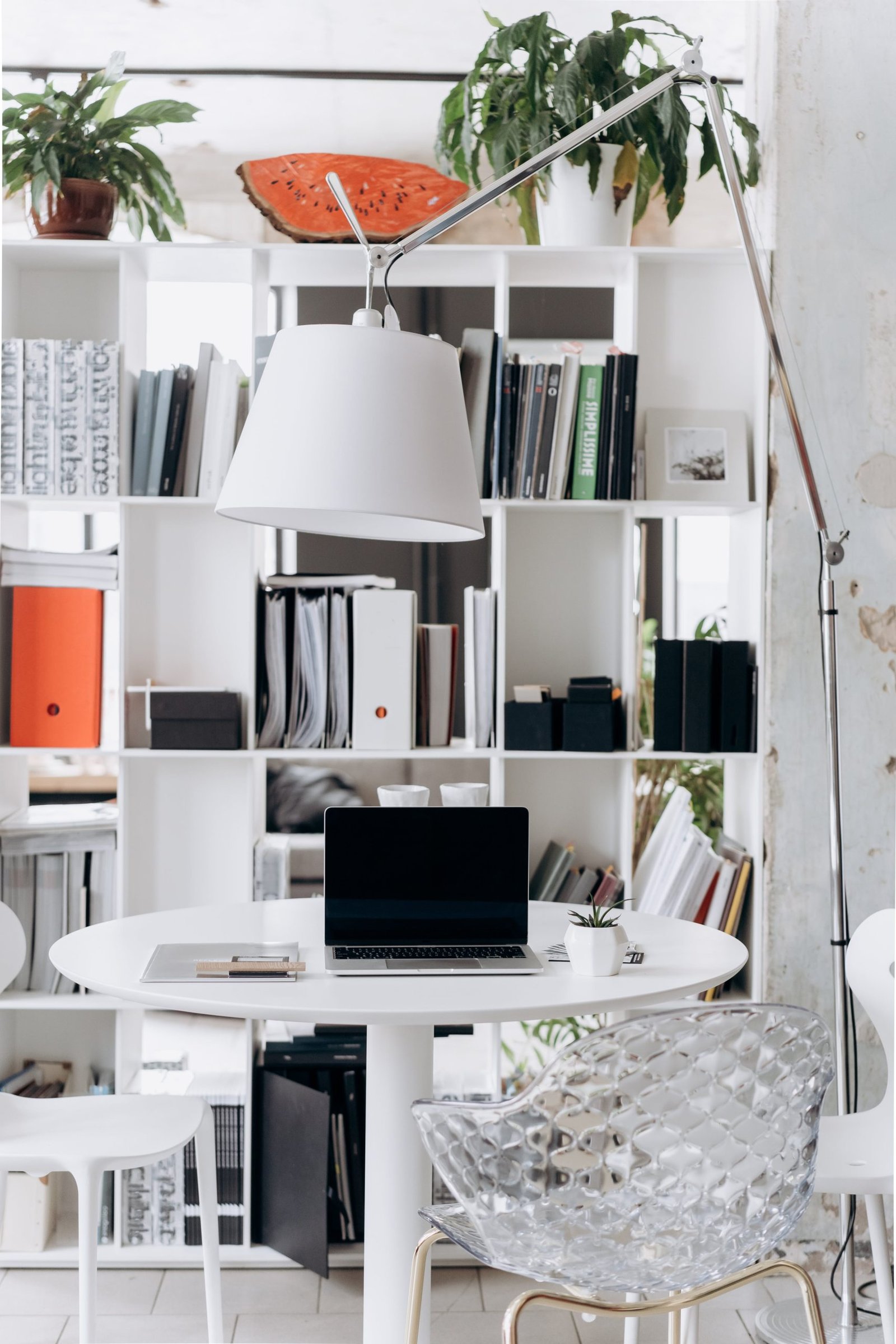
Feng Shui Furniture Placement: Create Harmony in Your Home with Essential Do’s and Don’ts
Table of Contents
Feng Shui is an ancient Chinese practice that aims to create harmony and balance in our living spaces by optimizing the flow of energy, or chi. It believes that the arrangement and positioning of furniture can greatly impact the energy in a home, affecting various aspects of our lives, including our relationships, health, and prosperity.
In this article, we will focus on the importance of furniture placement in Feng Shui and provide you with essential do’s and don’ts to help you create a harmonious and balanced home environment.
Do’s of Feng Shui Furniture Placement
To start on the right foot, it’s crucial to use a Bagua map. This map is a tool that divides a space into nine areas, each representing a different aspect of life. By understanding the Bagua map, you can determine the optimal placement of furniture in each room to enhance the energy flow.
When arranging your furniture, aim to create a space that promotes conversation and openness. Position sofas and chairs in a way that allows for face-to-face interaction and ensures that everyone can easily see each other. This arrangement fosters a sense of connection and harmony among the occupants of the room.
Incorporating natural materials, such as wood and stone, in your furniture choices can create a grounding energy in your home. These materials have a calming effect and help establish a connection with nature.
A clutter-free environment is essential in Feng Shui. Clear away any unnecessary objects and ensure that furniture is not blocking doorways or walkways. This promotes a smooth flow of energy throughout the space and prevents any blockages or disruptions.
Creating a balanced and symmetrical layout is another key principle of Feng Shui furniture placement. Balance brings a sense of order and harmony to a room. For example, if you have a large sofa on one side of the room, you can balance it out by placing a pair of chairs or end tables on the other side.
Don’ts of Feng Shui Furniture Placement
Avoid placing furniture with sharp edges or corners, as they can create negative energy in the space. Opt for furniture with rounded edges or use corner protectors to soften the energy and prevent potential harm.
Windows are essential for the flow of natural light and fresh air. Avoid blocking them or covering them with heavy curtains, as it can hinder the energy flow in the room. Instead, opt for lightweight curtains or blinds that can be easily opened to allow for the free movement of energy.
Positioning furniture directly in line with the entrance door disrupts the flow of energy entering the space. It creates a rush of energy that can be unsettling. Instead, create a welcoming and calming atmosphere by placing furniture at an angle or slightly off-center from the door.
Rooms that are overcrowded with furniture create stagnant energy and can feel overwhelming. Allow for spaciousness and flow by decluttering and only keeping the furniture that serves a purpose. This creates a more balanced and inviting environment.
Avoid storing items underneath your bed, as it can create disruptive energy during sleep. The area under the bed should be kept clear to allow for a harmonious flow of energy, promoting restful sleep and rejuvenation.
Tips for Specific Rooms
Living Room
The living room is often the central gathering place in a home. Arrange your furniture to create a focal point, such as a fireplace or a beautiful view. This focal point draws attention and invites conversation and relaxation.
Bedroom
The bedroom is a place of rest and rejuvenation. Position the bed diagonally from the door for a sense of stability and security. This arrangement allows you to see the door while lying in bed, creating a sense of control and peace of mind.
Kitchen
The kitchen is a space associated with nourishment and abundance. Keep the stove and sink in good working order, as they represent wealth and abundance in Feng Shui. Regularly clean and declutter these areas to ensure optimal flow of energy and prosperity.
Home Office
In the home office, it’s essential to position the desk in a power position. This means having a solid wall behind you for support and a clear view of the room. This arrangement helps you feel focused, in control, and open to new opportunities.
Dining Room
The dining room is a space where we nourish our bodies and create connections through shared meals. Placing a mirror on one wall can reflect abundance and increase energy flow in the space. It creates a sense of spaciousness and amplifies the positive energy during meals.
Conclusion
Feng Shui furniture placement plays a vital role in creating a balanced and harmonious home environment. By following the essential do’s and don’ts mentioned in this article, you can optimize the flow of energy in your space and positively influence various aspects of your life.
Remember, Feng Shui suggestions are meant to be adaptable to individual households. While it’s essential to incorporate Feng Shui principles, also consider your personal preferences and needs when arranging your furniture. By making small changes and paying attention to the energy flow in your home, you can create a sanctuary that supports your well-being and promotes harmony in your daily life.

